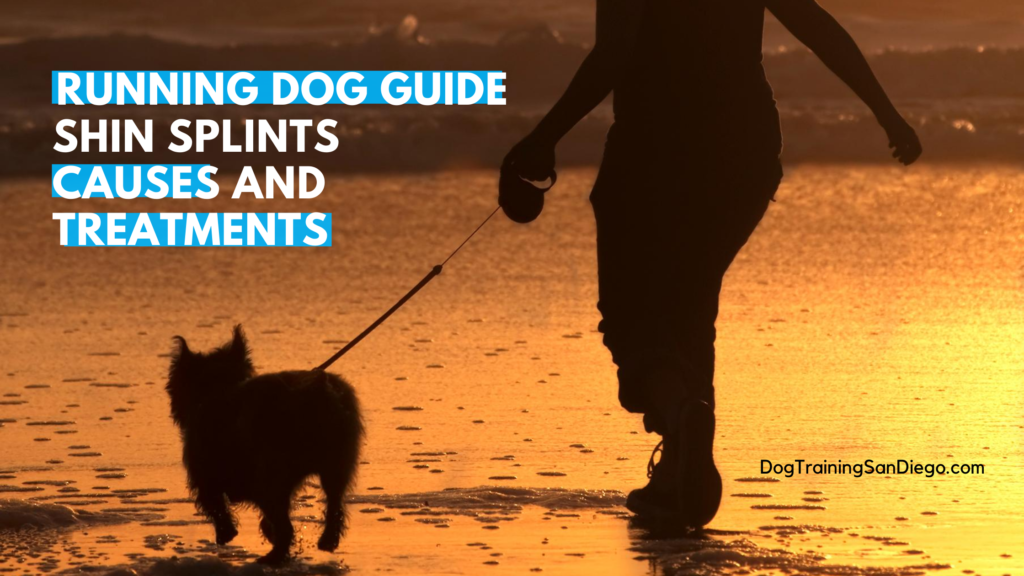
A common injury for those who have just started a running or walking routine is shin splints. Shin splints are a result of inflammation in the front of the lower leg and happen when you begin to awaken muscle, tendons and ligaments you haven’t used in a while. There are small ligaments and tendons that attach the shin bone to the larger muscle tissue that usually cause the beginning of shin splint symptoms.
Inflammation is the culprit behind feeling the pain. Reducing inflammation as soon as possible is key to continuing with your fitness program. If you are feeling pain or soreness in the front of your shins make sure to add the following suggestions into your routine.
By all means if your pain is not improving or it is getting worse, don’t try and run through the injury.
- Ice – Ice the front of your legs 10 to 15 minutes several times a day. Ice reduces inflammation and which in turn reduces the feeling of pain.
- Elevate – Keep you the injured leg elevated as much as possible. If you work at a desk prop your foot or feet up. If you watch television in the evening keep your feet propped up. Any other opportunity you see to stay off your feet during the initial onset of what is often described as shin splints will reduce the inflammation.
- Ibuprofen – Take the recommended daily dose of ibuprofen. Stay on the ibuprofen for a few days to reduce the inflammation without letting it pop right back up again. Don’t let the inflammation go and then do something about it, then let it get away from you again, then get on top of it again…. that is the roller coaster way to treat your injury causing it to stay around longer. Stay active for a few days in reducing inflammation and your injury will be behind you much quicker. *have an approval from a qualified physician or health care professional before taking any medication.
- Stretch – stretching is important to assist with getting your flexibility back. Inactivity over even a short period of time causes your muscle tissue to shorten and feel much tighter. Stretching and warming up will assist with keeping your muscles pliable. With consistency they can become longer and more flexible. Stretching is a habit we should learn from our dogs! Notice how many times your dog stretches during the day, starting with the first wake up call in the morning.
Strengthening Exercises
Though this video is older, it shows some excellent exercises to do to build strength for ligaments and muscle tissue in the shin area.
Stretching
Just like when you start running, stretching over zealously in the beginning isn’t a good thing. More is not always better when starting anything new. It seems to be human nature to do nothing or overdo it.
Start gradually. Don’t try and touch your toes if it is difficult to do so. No reason to push the envelope. Instead, practice your stretching routine so that you get better at it over time. It is the theme of doing most things well… good dog training, learning how to stay on a walking/running fitness program or anything else you really want to do. Consistency produces incremental improvement. It is proven this is the most probable way to true success.
Dog Fitness
Dogs don’t complain of shin splints so much because they don’t process that ability. They also naturally stretch. If you were to take cues from your dog on stretching, you’d notice they stretch when they get up in the morning, several times during the day and before they go to bed. Perhaps we should adopt some of the dog’s happy go lucky attitude and start stretching more just because it feels good!
When starting a new fitness program, do watch for limping or lameness and treat your dog with rest and/or veterinarian care should they appear to be displaying symptoms. By following our 5K9 Running Program you’ll have a guide on how much, how soon you and your dog can handle.
To prevent shin splints or while you are recovering, walking or running on softer surfaces such as trails instead of sidewalks and pavement has less impact on your muscles and ligaments and it’s a great precaution to take for your dog’s body too. If your only choice is to walk or run on a harder surface, by all means don’t use that as an excuse not to start or to put it off.
Mix Up Where You Train With Your Dog
Do your best to mix up your training. Leaving straight from your door sets you up for no excuses, but planning at least one run a week on an urban trail or another nearby area can help with a variety of softer surfaces and urban outings are good for both you and the dog.
This practice is helpful in socializing your dog as well. Especially with a new dog or puppy, training for socialization isn’t just about other dogs. It’s about exposure to all the people and places that you want to go, along with the dogs that are sharing the outdoor space at the same time.
Go out and #playeverday #dolifewellplayed and wag more, bark less!
*This post is not intended to be, a diagnosis, nor a suggestion or recommendation of treatment, nor a suggestion or recommendation of any procedure or product. To obtain a diagnosis and or treatment for yourself or your dog seek a qualified physician or veterinarian.
Keep posting stuff like this i really like it
Hi JT,
Shin splints is a big problem and the real culprit is indoctrination. Nike and other sneaker companies have suggested that we are to land on our heels when running by focusing on “soft heel” and “cushion” and “thick soles” and similar nonsense. The subtle implication of a thick heel is that we are to land on it when running…this is not so. I’ve written a post about this a while back, https://dogandogs.com/everything-you-know-about-dog-training-is-wro-9
ttus
Dino